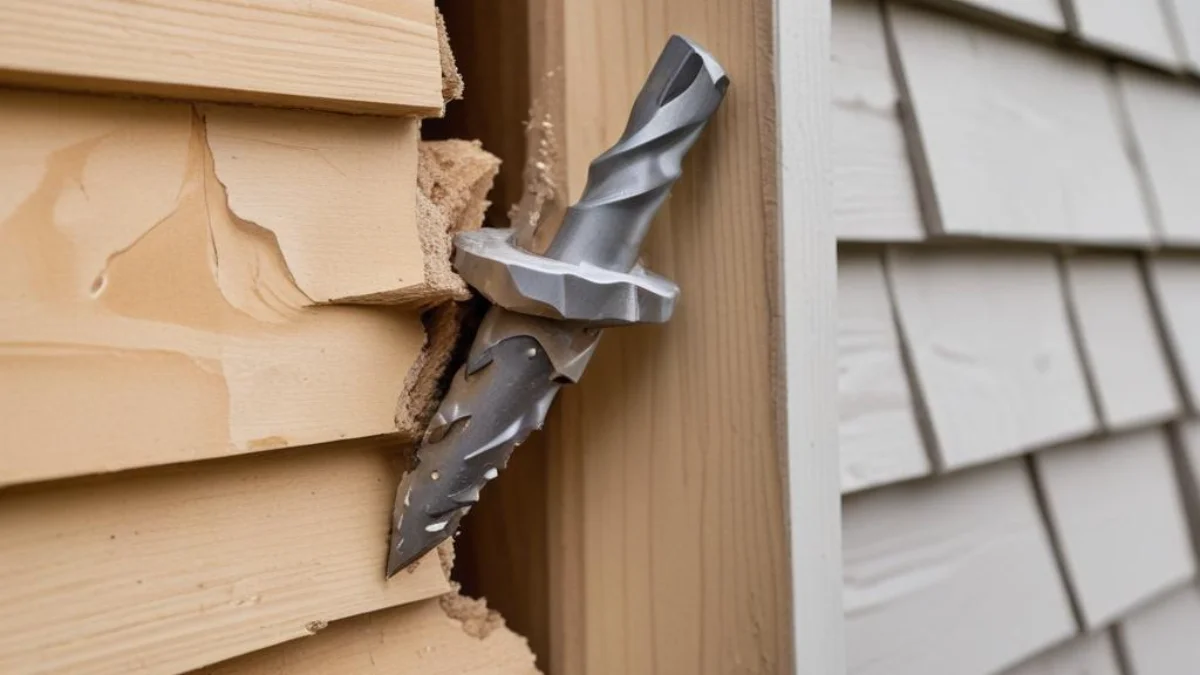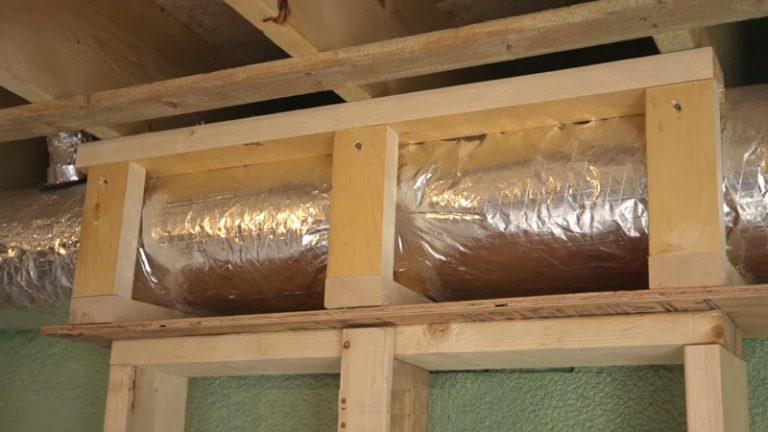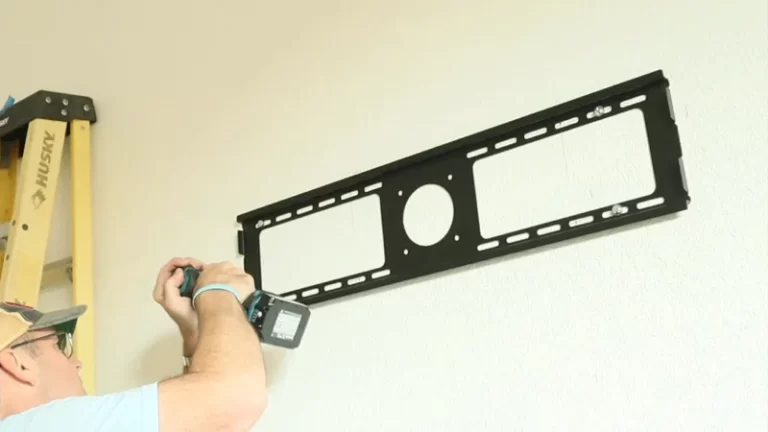Drilling a Hole from Inside to Outside? Avoid Disaster With This Guide
You need to run a cable, install a vent, or mount a security camera. The task seems simple: drill a hole from the inside of your house to the outside. But this seemingly straightforward job is fraught with potential disasters. One wrong move and you could hit a water pipe, sever an electrical wire, or irreparably damage your home’s exterior siding. The anxiety is real, and the stakes are high.
Many homeowners face this exact problem, feeling a mix of determination and dread. The fear of causing expensive damage or compromising the structural integrity of their home is a significant barrier. This comprehensive guide will transform that fear into confidence, providing a clear, step-by-step solution to safely and accurately drill from inside to out.
You'll Learn About
Why Drilling From Inside Out is So Challenging
Drilling through an exterior wall isn’t like drilling into a simple piece of wood. Walls are complex structures, composed of multiple layers including drywall, insulation, vapor barriers, sheathing, and exterior cladding like brick, stucco, or vinyl siding. Each layer presents its own challenge.
The biggest risk, however, lies unseen within the wall cavity. Electrical wiring, plumbing pipes, and HVAC ductwork are often hidden just behind the drywall. Accidentally hitting one of these can lead to catastrophic failure, from power outages and floods to significant repair bills. Precision is not just a goal; it’s a necessity.
The Anatomy of an Exterior Wall
To conquer the challenge, you must first understand your opponent. A typical modern exterior wall consists of several layers. From the inside out, you’ll generally encounter the interior paint, drywall (plasterboard), a vapor barrier, wooden or metal studs, insulation, exterior sheathing (like plywood or OSB), a weather-resistant barrier, and finally, the exterior siding.
Older homes, especially those with brick or block construction, have a different makeup. You might be dealing with solid masonry, which requires different tools and techniques. Knowing your wall’s construction is the first step toward a successful project.
Your Pre-Drilling Safety Checklist: Plan for Success
Before you even think about picking up a drill, thorough preparation is essential. Proper planning is the most critical step to prevent costly mistakes. Rushing this phase is a recipe for disaster. Follow this checklist to ensure you’ve covered all your bases.
1. Detect and Locate Hidden Dangers
The number one rule is to know what’s inside your wall before you drill. Never drill blindly. A high-quality stud finder with AC wire and metal detection is an indispensable tool. Run it over the target area to locate studs, electrical wiring, and pipes.
For even greater certainty, some professionals use an endoscopic camera. This involves drilling a very small exploratory hole and inserting the camera to get a direct visual of the wall cavity. This method offers the highest level of assurance that your drilling path is clear.
2. Measure Twice, Drill Once
Accuracy is paramount. You need to know precisely where your drill bit will exit on the exterior. One simple technique involves drilling a very small, long pilot hole first. This tiny hole is easy to patch if misplaced and serves as a perfect guide for your larger drill bit.
Another method is to use reference points. Measure from a fixed point on the inside, like a window or door frame, and then replicate those measurements on the outside. This helps you visualize the exit point and ensure it’s where you want it to be.
3. Choose the Right Tools for the Job
Using the wrong drill or bit will make the job harder and increase the risk of damage. A powerful drill is a must, and for masonry walls, a hammer drill is essential. The type of drill bit is equally important; use a masonry bit for brick or concrete and a spur point or twist bit for wood and drywall.
For drilling through the entire wall cavity, you will likely need a long drill bit, often called an installer bit or bell hanger bit. These bits are available in various lengths to handle even the thickest walls.

The Step-by-Step Guide to Drilling From Inside to Outside
With your planning complete and tools in hand, it’s time to drill. Follow these steps meticulously for a clean, accurate, and safe hole.
Step 1: Mark Your Interior Starting Point
After using your stud finder to confirm a safe, empty bay between studs, mark your desired drilling location on the interior wall with a pencil. Double-check your measurements and ensure this spot aligns with your project’s needs, whether it’s for running a cable or installing a new fixture.
Step 2: Drill a Small Pilot Hole
Start by drilling a small pilot hole. Use a long, thin drill bit (around 1/8 inch) to penetrate all the way through to the exterior. Drill slowly and steadily, keeping the drill as level and perpendicular to the wall as possible. This initial hole serves as your guide and confirms your exit point on the outside before you commit to a larger hole.
Once the pilot bit emerges on the other side, go outside and check its location. If it’s not perfectly placed, this small hole is simple to seal and correct. If you’re wondering how to properly manage larger installations, such as securing fencing, you might find useful tips on installing pipe fence posts.
Step 3: Enlarge the Hole from Both Sides
To prevent “blowout” — where the material on the exit side splinters and breaks unevenly — it’s best to drill from both sides. Using the pilot hole as your guide, select the final drill bit size needed for your cable or pipe. Start drilling from the inside, but only go about halfway through the wall.
Then, move outside and use the same drill bit to complete the hole, drilling inward until the two holes meet. This technique ensures a clean finish on both your interior and exterior walls. For projects requiring adhesion to difficult surfaces, like figuring out how to attach LED strip lights to concrete, similar principles of careful preparation apply.
Step 4: Feed Your Cable or Pipe
With a clean hole drilled, you can now run your wiring or conduit. A fish tape or a straightened wire coat hanger can be a helpful tool to guide cables through the wall cavity, especially if there’s insulation. Attach your cable securely to the fish tape and pull it through gently.
If you’re undertaking other home modifications, such as updating your staircase, you may need guidance on tasks like how to remove iron balusters, which also demands precision and the right tools.
Step 5: Seal the Hole for a Weatherproof Finish
This is a critical final step that should not be skipped. An unsealed hole is an open invitation for moisture, drafts, and pests to enter your home. On the exterior, apply a high-quality, weatherproof silicone or polyurethane caulk around the cable or pipe where it exits the wall.
For larger gaps, you can use expanding foam sealant from the inside, which fills the cavity and provides excellent insulation. Properly sealing the penetration protects your home from water damage and maintains its energy efficiency.
| Wall Material | Recommended Drill Bit | Drill Type | Key Technique |
|---|---|---|---|
| Drywall & Wood Studs | Twist Drill Bit / Spur Point Bit | Standard Power Drill | Drill slowly to avoid tearing drywall paper. |
| Brick / Concrete Block | Tungsten Carbide Masonry Bit | Hammer Drill | Use hammer function. Start slow to create an indent, then increase speed. |
| Stucco | Masonry Bit | Hammer Drill | Start without hammer function to penetrate the top layer cleanly, then engage. |
| Vinyl Siding | Standard Twist Drill Bit | Standard Power Drill | Drill slowly to prevent cracking the vinyl, especially in cold weather. |
Pro Tips for a Professional-Grade Result
To elevate your project from a simple DIY task to a professional-quality installation, keep these expert tips in mind.
Drill at a Slight Downward Angle: When drilling from inside to out, angling the hole slightly downwards helps prevent water from traveling along the cable or pipe and entering the wall cavity. This is a simple trick that adds a significant layer of weather protection.
Deburr the Hole: After drilling, the edges of the hole, especially on siding or sheathing, can be rough. Use a utility knife or sandpaper to smooth the edges. This prevents the sharp edges from damaging the cable’s insulation as you pull it through.
Use Wall Bushings: For running cables, consider inserting a plastic or rubber bushing into the hole. This provides a smooth, protective sleeve that prevents friction and wear on the cable over time, ensuring a long-lasting and safe installation.


